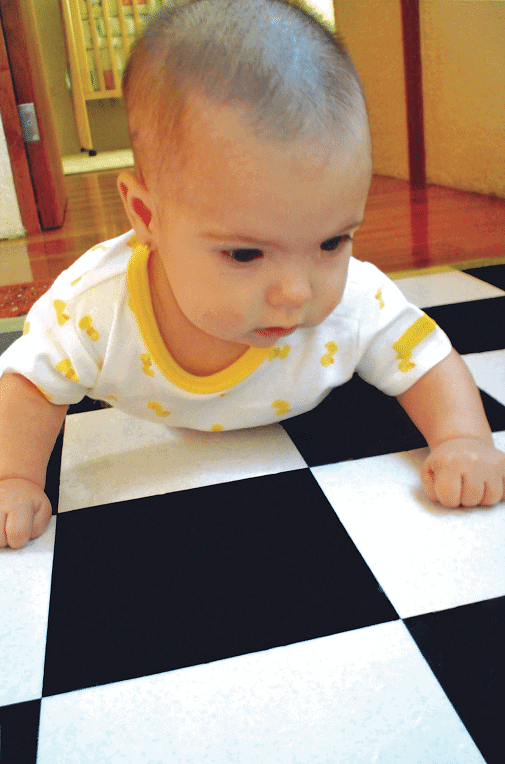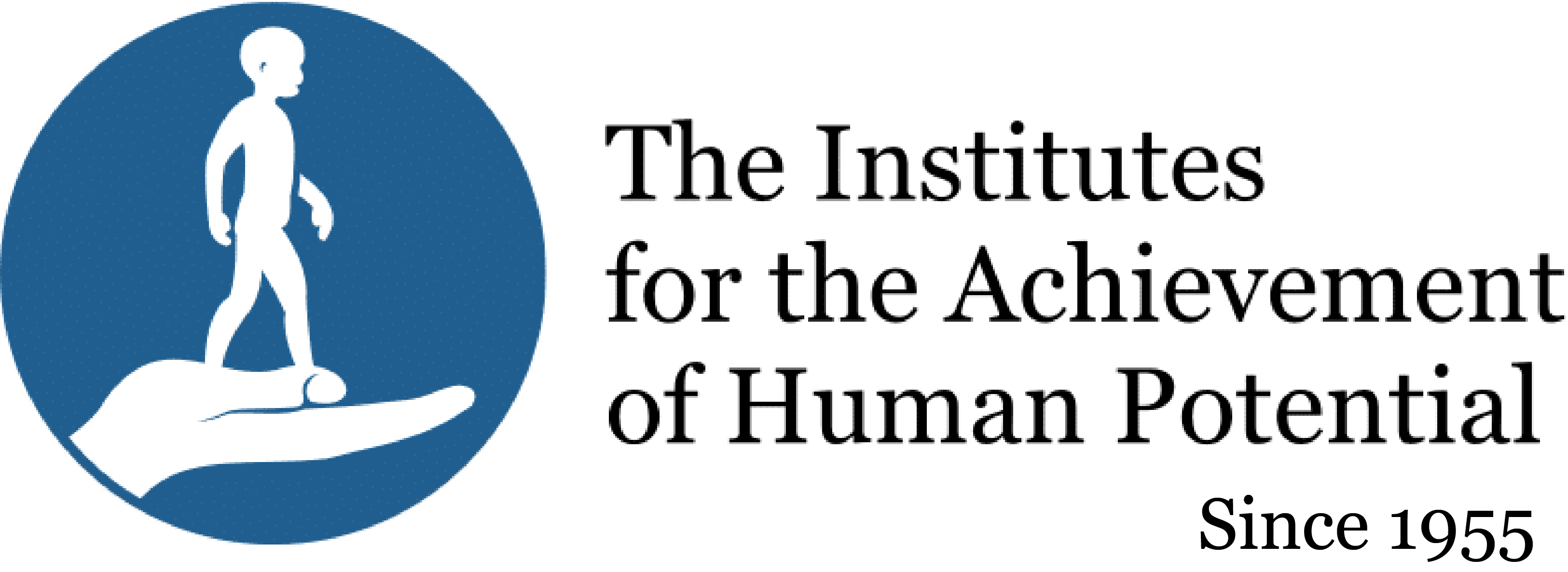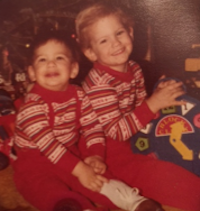Your Baby Is Smarter Than You Think
Five Tips To Help You Catch Up
1. Provide stimulation and opportunity on purpose not by accident
A birth a newborn baby is functionally blind, deaf, and insensate. These sensory pathways grow and develop based upon stimulation. The sensory pathways grow when appropriate visual, auditory, and tactile stimulation is given with the proper frequency, intensity, and duration. As an example, the newborn baby usually has a less than perfect light reflex. The light reflex is seen when the baby is exposed to light and the pupil constricts in response to that light. The sooner this reflex matures and becomes consistent the sooner that baby will develop the ability to see outline and then detail.
Both of these abilities allow the baby to see mother’s face and begin to make sense of the visual world. In most babies this reflex is stimulated by accident whenever the baby is taken from darkness to light. But mother can arrange for this to happen with greater frequency and intensity so that the visual pathway grows more quickly in response to the enhanced stimulation. This is very easy to do and takes very little time, but it can mean that the baby gains the ability to see detail weeks or months earlier than he would have done if we had relied upon accidental stimulation.

2. Focus on the first year (it is so important!)
The brain grows by use. The brain grows rapidly between conception and age six. Learning is an inverse function of age. The younger the baby is, the faster he will learn. If the baby is provided with sensory stimulation with increased frequency, intensity, and duration and given enhanced mobility, language, and manual competence opportunity he will develop more rapidly in all areas. This will increase his overall understanding of the world around him and greatly increase his interaction with his family. His happiness, health and general well-being are also significantly improved by this stimulation and opportunity.
3. Provide as much opportunity to move as possible.
The modern baby has very little time to move. He spends much of the day in devices that restrict or totally prevent movement. Babies spend too much time in backpacks, car seats, playpens, walkers, strollers and other restrictive devices. The baby needs the maximum amount of time on a warm, clean, safe floor where he can experiment and find out how to use his arms and legs to crawl.
He needs to be able to crawl on his belly as much as possible. He will then learn how to creep on his hands and knees much more rapidly. We need to stop bundling him up in layers of blankets and clothing that prevent him from moving. We should make his environment warmer so he does not have to wear more than a t-shirt and a diaper. At this stage, we should live on the floor with the baby. “Floor” babies sleep better, eat better and are healthy, happy babies because they have the daily physical program they need and want.

4. Create an excellent language development environment for your baby
When you grow one area of the brain to some degree all areas will be enhanced. An overall program of stimulation and opportunity will very much help language development. Newborns have very poor respiration at first. This makes it hard to make sounds at will. As the baby sees better he wants to move more so he does. As he moves more, his respiration is improved. As he is able to breath better, he makes more sounds. The more sounds he makes, the more mother responds to these sounds. The more mother and baby talk to each other, the sooner mother breaks the “sound barrier” and understands what the baby is actually saying. Babies are desperate to be understood. Most babies will not be understood until they are 12 to 14 months old. This process should occur by 3 to 4 months instead. What a difference this can make in the quality of a tiny baby’s life and the life of mother and father.

5. Listen to what your baby is saying to you
Since the baby is very eager to talk to mother, he will use every means available to do so. All sounds are language. The sounds a baby makes are not like language—they are language. When the baby knows you are listening, he will communicate as often as possible. Listen to your baby and answer him. This is what he wants. It is vital for your baby to know that you know that he is talking.

Smarter babies and baby geniuses
Here are some Language “Dos and Don’ts”:
DO’S:
- Always listen to the baby.
- Look as if you are listening.
- Be willing to wait for a response.
- Accept the fact that the baby decides whether to respond or not; it is the baby’s choice.
- Respond to what the baby says.
- Welcome enthusiastically every effort the baby makes to talk.
- Assign meanings to the specific sounds that baby says repeatedly.
- Use real words when talking to the baby.
DONT’S
- Never use “baby talk” with the baby.
- Never ignore the baby.
- Never ask a question and leave no time for baby to answer.
- Never neglect to answer the baby.
- Never imitate or make fun of the sounds the baby makes.
- Never correct the baby’s pronunciation.
- Never try to force the baby to answer or respond.

 Donate
Donate








